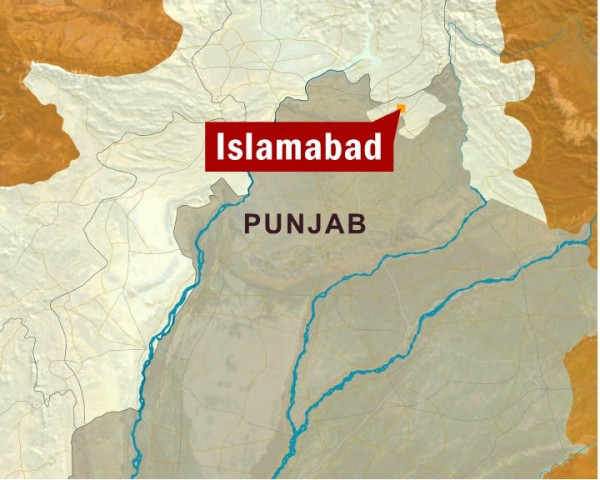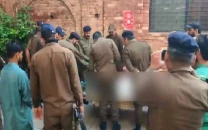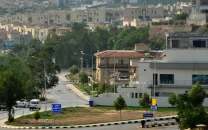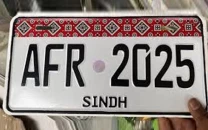Book consolidating information on elections launched
The book aims to abridge the serious lack of information available on the election, electoral processes in Pakistan.

The book aims to abridge the serious lack of information available on the election and electoral processes in Pakistan. The elections of 1977 are an apt example, for which hardly any official records exist. By providing details of the procedures followed in any election, the book attempts to bridge this information gap while creating public awareness and interest in democratic processes.
Covering all the nine general elections that have taken place from 1970 to 2008, the book has been divided into nine sections. It also highlights the non-uniformity of laws under which elections are held, pointing out an interesting fact -- no two elections in Pakistan have been held under the same laws and rules in the country.
For the reader’s convenience, Pakistan’s electoral history has been divided into four periods, starting from colonial political consciousness during 1909-1946, to the early days of constitution-framing in a newly-formed state during 1948-1958, to military dictatorships in 1958-1969, and lastly, from 1970, when adult franchise was granted, to the present day.
In each of the nine sections, the background sub-section covers the developments that directly affected the electoral process between two consecutive elections. A monograph follows, with technical details of the respective election, like preparation of electoral rolls and delimitation of constituencies, as well as inclusion and/or exclusion of women and minorities in the electoral process.
A third sub-section summarises the election results and represents the trends graphically, exhibiting the national and provincial breakup of voters, number of seats won by political parties etcetera. The last section provides an insight on the statistics of each constituency, including number of registered voters, turnout and names of the returned candidates with their party affiliations.
Published in The Express Tribune, February 10th, 2011.



















COMMENTS
Comments are moderated and generally will be posted if they are on-topic and not abusive.
For more information, please see our Comments FAQ